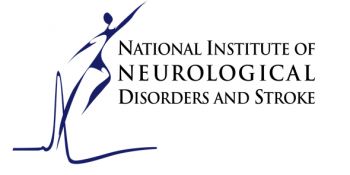Funding Agency:
NIH / NINDS
Grant No:
U01 NS110436
Title:
STRUCTURAL BIOLOGY OF ALPHA-SYNUCLEIN IN LEWY BODY DEMENTIA
Abstract:
Parkinson’s disease (PD) is defined pathologically by the accumulation of alpha-synuclein (Asyn) fibrils in neuronal cytoplasmic and neuritic inclusions known as Lewy bodies and Lewy neurites. The role of Asyn in the pathogenesis of PD is supported by the identification of dominant mutations in the gene encoding Asyn (SNCA) in rare familial versions of PD. Dementia occurs frequently in PD. It sometimes begins at approximately the same time as motor symptoms (often referred to as dementia with Lewy bodies or DLB), or up to 20 years after motor symptoms begin (PD with dementia or PDD). The term Lewy body dementia (LBD) encompasses this spectrum of clinical presentations and is associated with widespread deposition of Asyn fibrils throughout the brain, particularly neocortex. Multiple therapeutic approaches targeting Asyn accumulation are being pursued. A further priority is to develop a PET imaging agent to quantify the deposition of Asyn in living individuals, as a biomarker for target engagement and disease progression. Understanding Asyn fibril structure in LBD can guide the development of Asyn-targeted therapies and imaging agents. In this project, we will use cryo-electron microscopy (cryo-EM) to determine atomic resolution structures of Asyn fibrils in LBD, in conjunction with solid-state NMR (SSNMR) for refinement of structures. We will analyze and compare structures of Asyn fibrils isolated from multiple subgroups of LBD autopsy cases defined by early versus late onset of dementia, as well as the presence or absence of co-occurring amyloid β accumulation. We will also utilize cryo-electron tomography, SSNMR spectral analysis and new monoclonal antibodies to extend the analysis of Asyn fibril structure to additional autopsy cases. To promote the translation of these structural studies we will utilize cryo-EM to determine binding sites of leading candidates for PET imaging ligand and use fibril growth assays to identify specific amino acid residues in the Asyn protein that are important for fibril growth and stability.
